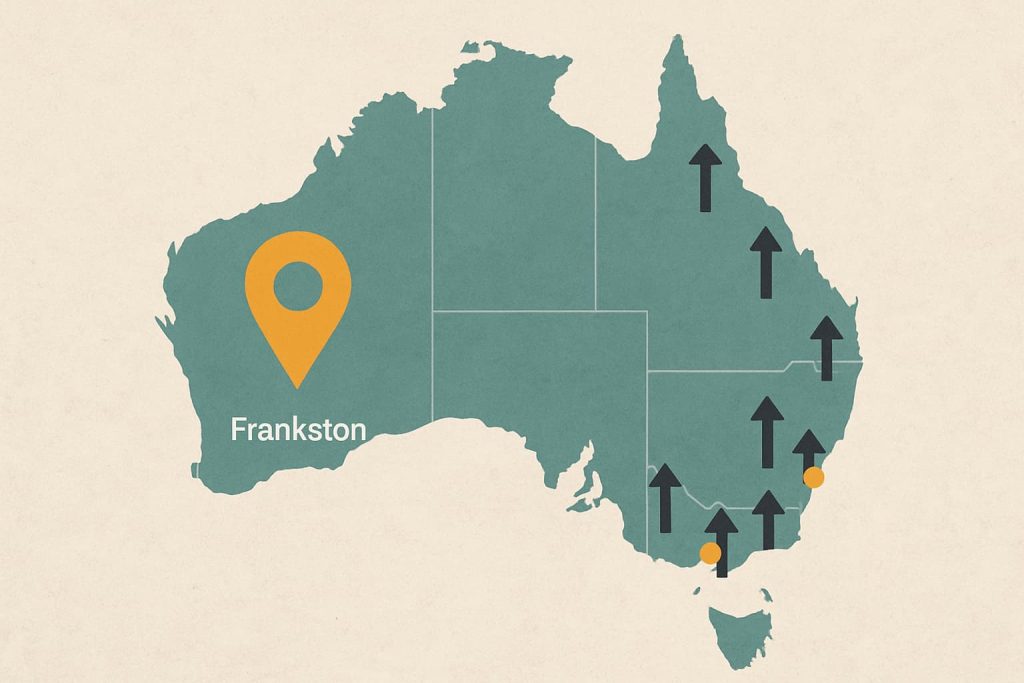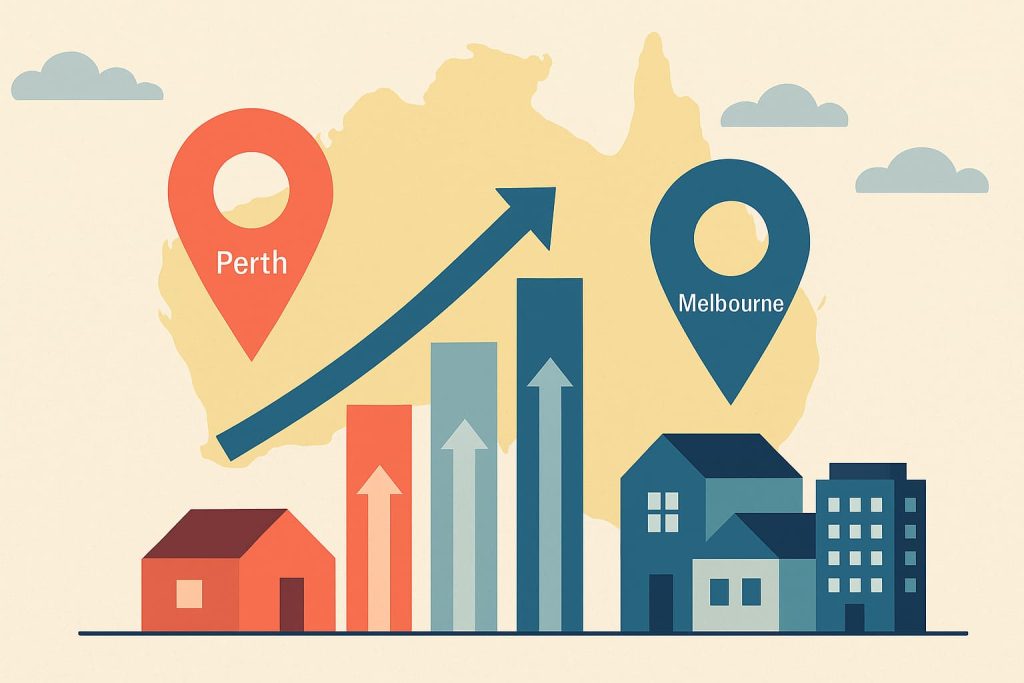The Reserve Bank has given homeowners a reprieve, pausing on interest rates for the first time in 10 months.
Governor Philip Lowe however was quick to make it clear the pause in rate hikes doesn’t definitely signal the end of the current phase of rate rises.
The April pause is largely about the central bank taking the pulse of the economy, to see how things are being affected by the previous ten months of rate rises.
“The decision to hold rates steady this month does not imply that interest rate increases are over,” he told the National Press Club.
“Indeed, the board expects that some further tightening of monetary policy may well be needed to return inflation to target within a reasonable time frame.”
Mr Lowe said household spending was declining but was concerned that if profits and/or wages kept rising, it would delay the fall in inflation the RBA was trying to achieve.
“We’ve got the highest inflation rate in 30 years, the lowest unemployment rate in 50 years, and still two years before we get inflation back to the top of the target range,” he said.
“So I think it’s too early, way too early, to be talking about interest rate cuts and the balance of risk lies to further rate rises.”
The latest quarterly inflation figures will be out before the RBA next meets, and will no doubt be instrumental in what the central bank does next, with Governor Lowe saying they are taking things on a month-to-month basis.
Economists are increasingly predicting a holding pattern continuing, with the NAB for example thinking the cash rate has all but peaked.
“In our view, waiting for more than a few months would see the RBA overrun by slowing consumption data and a deteriorating labour market outlook meaning the RBA will remain on hold as inflation moderates,” NAB economists wrote.
RBA Governor Lowe said so far their interest rate rises were working as planned, with the high inflation also helping to put the brakes on consumer spending.
“So the higher interest rates are biting, we know that,” he told the National Press Club.
“The cost-of-living pressures are biting as well. Many people are finding their real incomes going backwards and that’s affecting their spending.
“And the fact that we now see kind of clear evidence of the higher interest rates and the cost-of-living pressures biting is one reason why we thought it was appropriate to hold steady this month and just wait a bit, take the pulse of the economy and reassess.”
Mortgage holders will no doubt be breathing out a big sigh of relief this week, but it will be short-lived while the RBA is in the current month-to-month phase of monetary policy.



